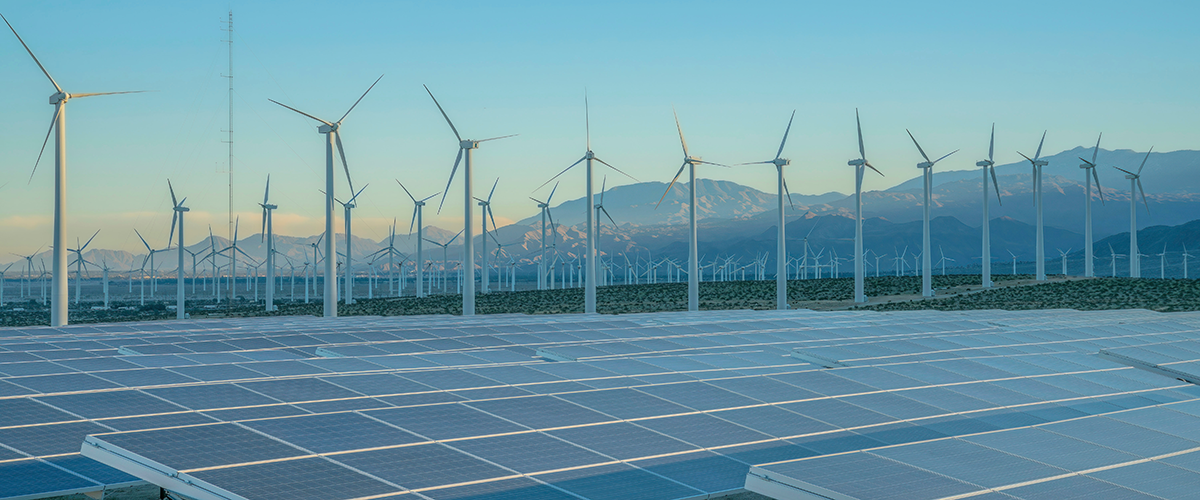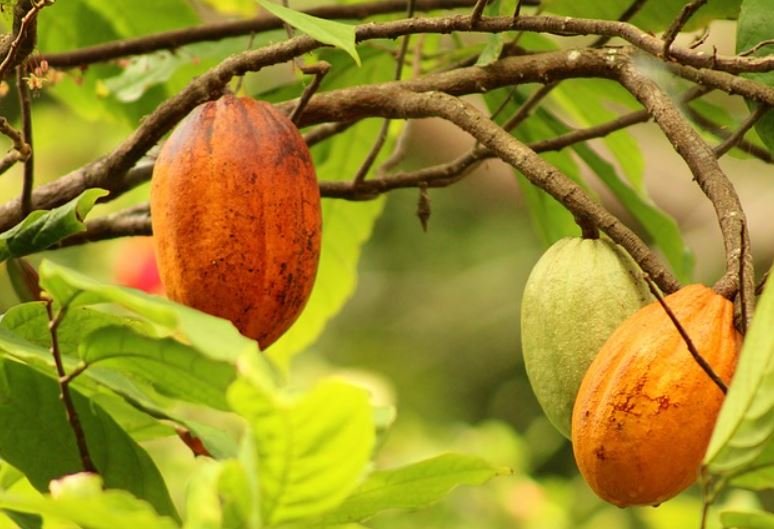São Tomé and Príncipe has one of Africa’s most diverse ecosystems, with over 30% of its land protected. Natural resources drive both the economy and biodiversity.
While deforestation threatens its rainforests, they are home to unique species and support cocoa and coffee agroforestry.
The area’s hydropower potential is strong, with projects like Dona Eugenia targeting full hydro-based energy by 2030. The surrounding waters, rich with 230+ fish species, support local fishing.
São Tomé And Príncipe’s Natural Resources And Their Locations
Here are the natural resources that have been discovered in São Tomé and Príncipe and their locations:
| Natural Resourses | Locations |
|---|---|
| Fisheries | Gulf of Guinea |
| Hydropower | Dona Eugenia, São Tomé Highlands |
| Forests | São Tomé Highlands, Príncipe Island |
| Cocoa and Coffee | São Tomé Lowlands, Príncipe Island |
| Minerals | São Tomé Volcanic Areas |
| Biomass | Rural São Tomé, Príncipe |
| Palm Kernels and Bananas | São Tomé Lowlands |
The Discoveries Of São Tomé And Príncipe’s Natural Resources
The exploration of natural resources in São Tomé and Príncipe began with the discoveries of lush forests, abundant fisheries, and offshore oil potential.
Portuguese explorers João de Santarém and Pêro Escobar arrived in 1470, finding the islands uninhabited yet rich in natural resources. With time, the ecological value of the forests led to conservation initiatives.
2006, natural parks were created to protect endemic species, particularly in isolated mountain regions and valleys. The surrounding waters are notable for high marine biodiversity, sustained by the convergence of major ocean currents.
To manage these resources, the country signed fishing agreements with the European Union aimed at sustainability and long-term access.
Geological studies have revealed the presence of limestone, clay, and gravel. However, exploration of non-oil minerals has been minimal, and no major players are currently involved in extraction efforts.
The mineral sector is untapped. Oil exploration, by contrast, has seen more activity. In 2001, São Tomé and Nigeria signed an agreement to jointly explore offshore reserves in the Niger Delta geological zone. Drilling in Block 6 started in 2022, involving Shell, GALP Energia, and Kosmos Energy.
Viability Of São Tomé And Príncipe’s Resource
The country’s limited road network, only 320 km without any motorways, restricts trade and access to key regions. Upgrades to routes like the EN-1 corridor will reduce transport costs and improve market connectivity.
Ports and airports are outdated, and the absence of a deep-water port continues to limit trade efficiency. Despite efforts to draw international investment, high infrastructure costs delay development.
Electricity access is limited, with only 60.5% of the population connected to the grid, which has stopped industrial activity and the value-added processing of resources.
Environmental issues also complicate resource use. Deforestation driven by agriculture and logging threatens biodiversity and long-term agroforestry potential. In coastal areas, overfishing and climate change are reducing fish stocks.
Intensifying rainfall has led to frequent floods and landslides, damaging infrastructure and causing economic losses, most notably, USD 37.5 million in damages during the 2021–2022 floods, equivalent to about 7% of GDP.
Also, the government depends on foreign aid, with nearly 90% of its budget funded externally. This dependence holds back financial autonomy and delays infrastructure or resource-related projects.
Export Potential Of São Tomé And Príncipe’s Natural Resources
São Tomé and Príncipe has export potential in key sectors such as cocoa, coffee, fisheries, oil, and hydropower.
These resources contribute to national revenue and trade.
Cocoa
Cocoa is the country’s leading cash crop and economic main driver. In 2023, cocoa and its preparations brought in $10.18 million, representing 61.5% of total exports.
The primary markets for São Toméan cocoa are:
- Netherlands: $5.61 million (55% of cocoa exports)
- Belgium: $3.33 million (32.7% of cocoa exports)
- Germany: $529,830 (5.2% of cocoa exports)
Coffee
Although smaller in scale compared to cocoa, coffee is an important export product. In 2023, São Tomé and Príncipe exported $75,200 worth of coffee, primarily to:
- Portugal: $71,700 (95% of coffee exports)
- Belgium: $2,680 (3.6%)
- United States: $795 (1%)
São Toméan coffee is known for its high quality and often targets niche markets in Europe and North America.
Recent growth in exports to Portugal (+$57,600 between 2022 and 2023) shows the potential to expand trade relationships further.
Fisheries
São Tomé and Príncipe’s fisheries sector benefits from EU agreements that grant access to international markets.
The EU is the primary destination for fish exports.
Rising global demand for sustainable seafood supports the sector’s growth. However, overfishing and climate change pose risks if sustainability isn’t prioritized.
Oil
Offshore oil exploration has expanded the country’s export outlook. Companies like Shell, GALP Energia, and Kosmos Energy are active in exploration efforts, notably in Block 6.
While production hasn’t started, oil is expected to become a key export, potentially transforming the economy by reducing dependence on agriculture.
Hydropower
With mountainous terrain and consistent rainfall, São Tomé and Príncipe has solid potential for hydropower development.
Though currently focused on domestic needs, prospects include exporting renewable energy or joining regional power grids.
Economic Impact Of São Tomé And Príncipe’s Natural Resources
São Tomé and Príncipe’s economy is primarily driven by its natural resources, with cocoa, coffee, fisheries, and oil exploration contributing to export earnings, job creation, and GDP contribution.
Export Earnings
Cocoa is the backbone of São Tomé and Príncipe’s economy, accounting for 54% of total exports in 2021. In 2023, cocoa bean exports reached $8.73 million, with France ($2.83M), Poland ($1.88M), and Germany ($1.55M) as key markets.
The change toward organic cocoa has boosted demand in Europe. Coffee exports, though small, totaled $75,000 in 2023, with Portugal alone absorbing 95% ($71,700). Fisheries contribute to export revenues through EU agreements, though specific earnings are not reported.
Job Creation
Cocoa production supports thousands of smallholder farmers nationwide. Cooperatives such as CECAB and CECAQ11 have increased yields by 31% and revenues by 34% through organic farming initiatives backed by IFAD.
Coffee farming creates jobs within niche communities specializing in premium bean production. The fisheries sector also sustains thousands of coastal livelihoods.
GDP Contribution
Cocoa added approximately €7.2 million in gross value in 2017, representing 2.4% of the national GDP. It continues to drive economic activity in 2025.
While coffee contributes on a smaller scale, its role in niche export markets across Europe and North America adds measurable value. Fisheries contribute indirectly by supporting food security and export-related revenues under EU partnerships.

